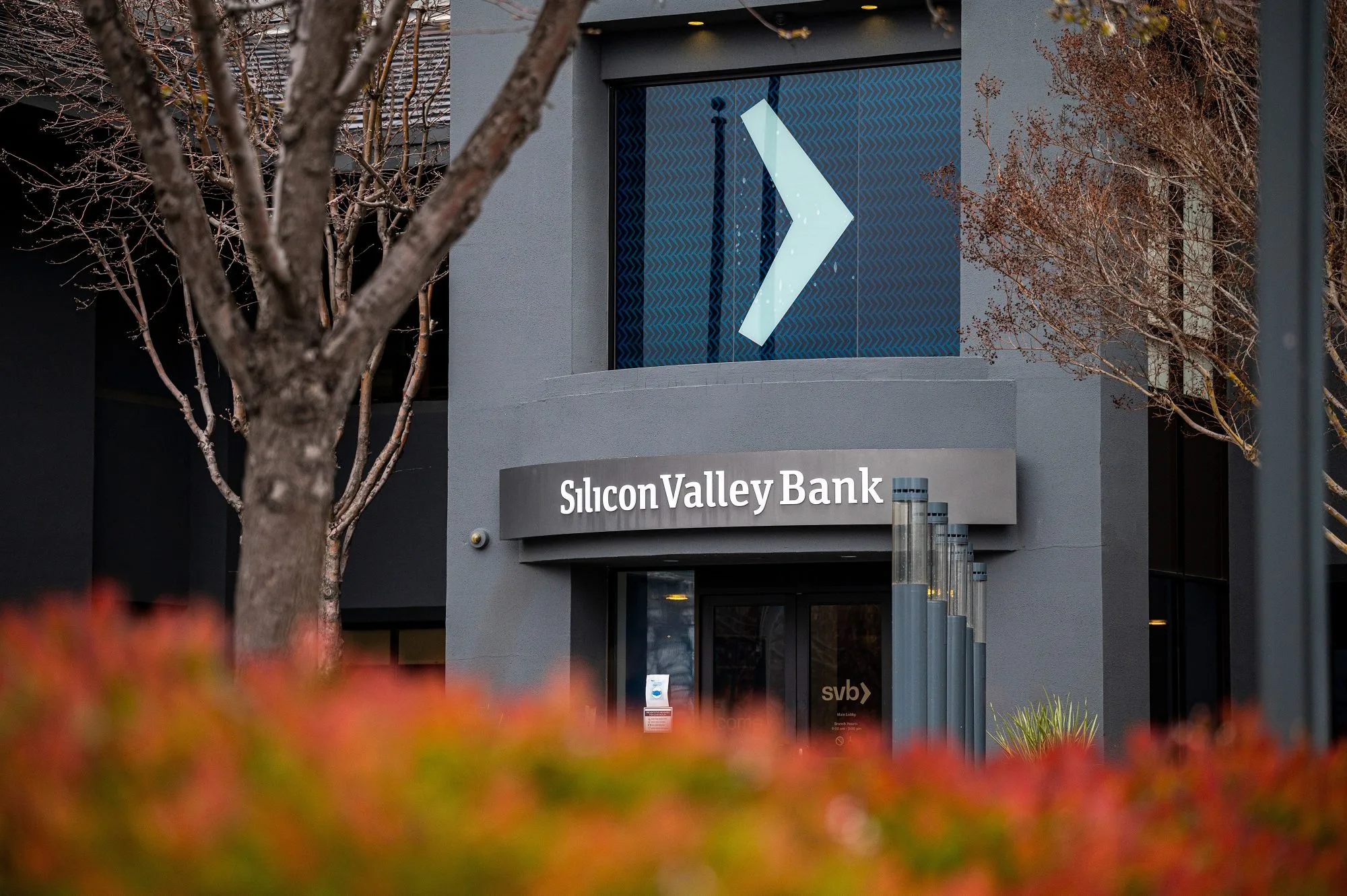
THE Silicon Valley Bank (SVB) story has shaken global financial markets after regulators shut down SVB on March 10 2023 and seized its deposits in what has become the largest United States banking failure since the 2008 Global Financial Crisis and the second largest ever after Washington Mutual’s demise in 2008.
The bank had assets worth US$209 billion and held deposits worth US$175 million by the end of 2022. The story is still developing but it already looks like one that will be discussed as a case study in seminars and lectures for years to come.
Emerging from the ashes of its failure is a story of the cruel effects of an aggressively contractionary monetary policy on a niche bank.
SVB was birthed in 1983 when it carved a niche market for itself as a bank for venture capital start-ups.
The bank was noted for its willingness to lend to venture-stage companies that were not yet profitable and despite its strong tech-driven growth — the dot.com bubble bust notwithstanding — it chose to maintain its niche focus on start-ups companies rather than diversifying into a broader commercial bank.
The bank’s main clients were mostly tech start-ups, and therein lies the prelude to its downfall.
We fast-forward to 2022 when the Fed began hiking interest rates aggressively in response to the Russia-Ukraine conflict’s disruptive run shortly after lowering the same rate to a 10-year low because of Covid-19.
The central bank raised the US interest rate 13 times between February 2022 and 2023 and this dried up the tech start-ups’ sources of funding that include IPOs and private fundraising.
- Young entrepreneur dreams big
- Chibuku NeShamwari holds onto ethos of culture
- Health talk: Be wary of measles, its a deadly disease
- Macheso, Dhewa inspired me: Chinembiri
Keep Reading
These start-ups, which are often cash-hungry and operate below break-even, responded by digging into their bank balances in order to stay afloat, and this is where the plot thickens.
In a show of one of niche markets’ crippling concentration risk, SVB found itself experiencing significant unplanned bank withdrawals without any incoming deposits to cushion the outflows.
Some will ask, “How did the risk officer not see this coming?”
A risk officer is arguably a very necessary role in financial institutions like banks, an observation that could not be any clearer in the aftermath of the 2008 financial crisis.
In the months leading to its demise, SVB had no substantive Chief Risk Officer.
According to Fortune, the previous risk officer, Laura Izurieta, stepped down from the role in April 2022, and formally departed the company in October 2022, according to an SVB proxy filing.
SVB appointed her permanent successor, Kim Olson, only in January 2023.
We opine that a lethal concoction of a lacking risk management framework and hubris were key drivers to the banks’ fall from grace.
To add salt to the wound, SVB had invested most of its deposits into seemingly safe and long-term U.S. Treasuries and government-backed mortgage securities whose value was chipped away with each interest rate hike.
By the time the bank needed to fund the withdrawals, SVB had unrealised losses of US$17 billion in its securities investments.
On March 8 2023, the bank announced a sale of securities worth US$21 billion at a US$1,8 billion loss as well as plans to raise more capital to fund the outflows.
However, this triggered a nosedive in its share price and a bank run that siphoned US$42 billion before SVB ran out of money to dispense.
Since March 10, other listed banks’ share prices have been on the downside.
The Dow Jones U.S. Banks Index was down 13% on March13 2023, and banking stocks are likely to remain in red amid shutdowns in other banks such as First Republic Bank, and Signature Bank that are experiencing similar challenges.
We anticipate that, going forward, the Fed will slow down on any planned rates hikes given the failure of niche banks.
Further, start-ups could experience difficulty in raising capital after SVB’s failure considering the bank had become the de facto financial institution for venture-backed start-ups in the US.
There might be additional checks and balances that will be implemented to ensure that this does not happen again, and we opine that these will mostly be focused on risk and corporate governance.
The chaos in the banking sector, however, comes with opportunities for fundamentally solid banks to buy failed banks’ assets at cheap prices. HSBC, for example, took over SVB’s UK arm for £1 (US$1,22).
According to HSBC, SVB U.K. has loans of around £5,5 billion (US$6,68 billion) and deposits of around £6,7 billion (US$8,14 billion), with £88 million (US$106,92 million) of full-year profit before tax in 2022.
In addition, Europe’s largest bank expects SVB U.K.’s tangible equity to be around £1,4 billion (US$US$1,7 billion).
We opine that any ripple effects will not cascade to developing and frontier markets save for those that had banking relationships with the failed banks, if any.
Mtutu is a research analyst at Morgan & Co. — [email protected] or +263 774 795 854.






